Modern farmhouse dining rooms represent the perfect marriage of rustic charm and contemporary sophistication. This beloved design style creates spaces that feel both welcoming and stylish, combining natural materials like reclaimed wood and weathered metals with clean lines and neutral palettes. These dining rooms serve as gathering places where families connect over meals while surrounded by thoughtfully curated elements that celebrate both past and present. From shiplap walls and exposed beams to industrial lighting and mixed seating arrangements, modern farmhouse design offers endless possibilities for creating warm, inviting spaces that reflect personal style while maintaining timeless appeal.
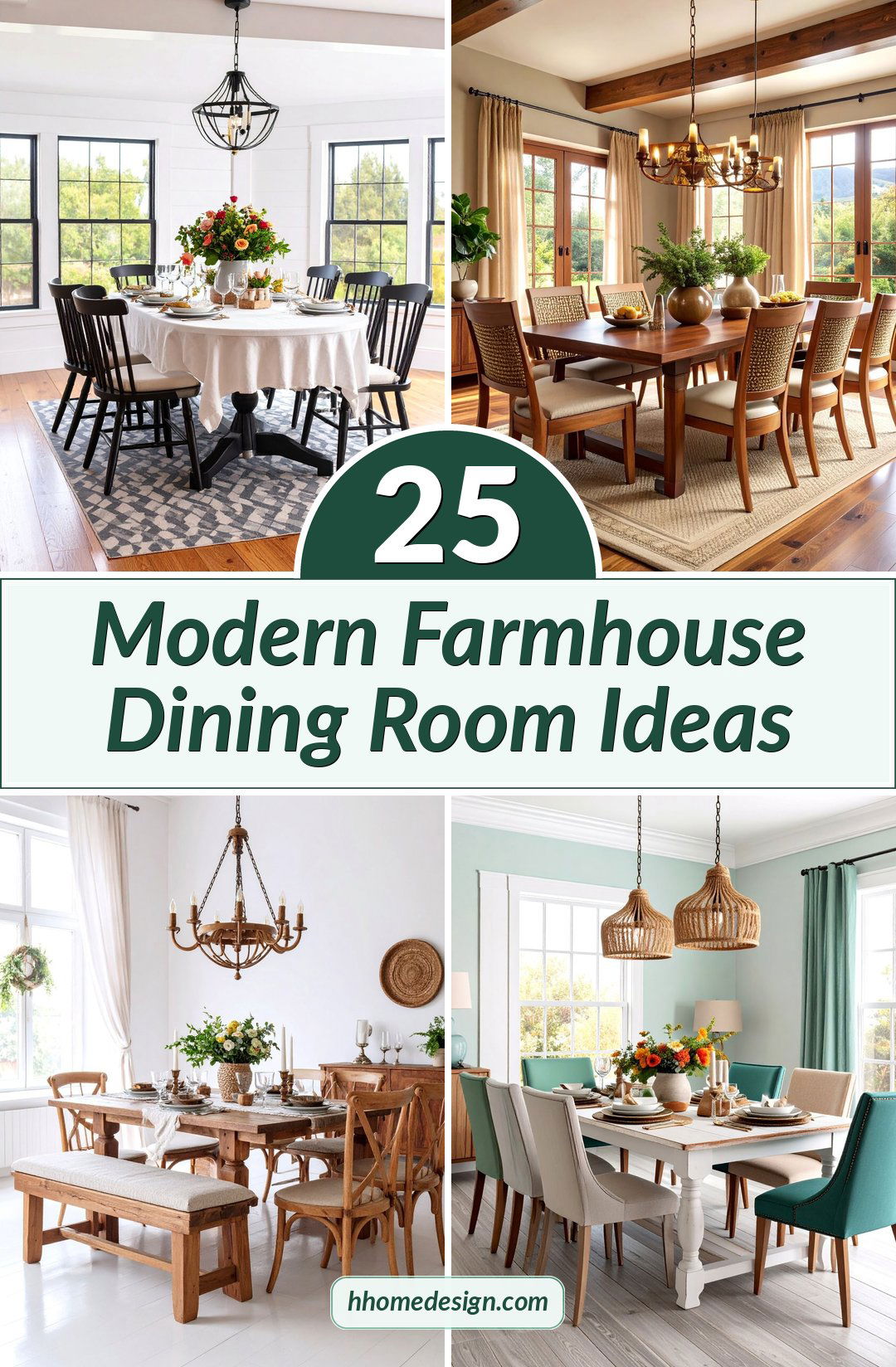
1. Rustic Reclaimed Wood Farmhouse Table with Industrial Chairs

The centerpiece of this design features a substantial reclaimed wood dining table with visible grain patterns and weathered character, paired with sleek black metal industrial chairs. This combination creates visual tension between old and new, with the table's organic warmth balanced by the chairs' clean geometric lines. White shiplap walls provide a crisp backdrop while exposed ceiling beams add architectural interest. A wrought iron chandelier with Edison bulbs illuminates the space, while neutral linens and vintage accessories complete the look. The flooring consists of wide-plank hardwood that echoes the table's rustic appeal, creating a cohesive foundation for family gatherings.
2. White Shiplap Accent Wall with Neutral Dining Set

This design focuses on creating a bright, airy atmosphere through strategic use of white shiplap as a feature wall behind the dining area. A light oak dining table serves as the room's anchor, surrounded by upholstered chairs in soft linen fabric with button tufting details. The remaining walls feature warm gray paint that complements the natural wood tones. A drum pendant light in woven rattan provides ambient lighting while maintaining the organic aesthetic. Open shelving displays white ceramic dishes and vintage glassware, while fresh greenery in galvanized planters adds life to the space, creating an inviting environment for casual and formal dining occasions.
3. Exposed Beam Ceiling with Mixed Seating Arrangement

The architectural drama of dark stained exposed beams dominates this dining room design, creating visual depth and rustic authenticity. Below, a weathered gray farmhouse table accommodates mixed seating that includes Windsor chairs, a tufted bench, and upholstered end chairs in coordinating neutral fabrics. This eclectic approach adds personality while maintaining cohesion through color palette consistency. Pendant lights with metal cage shades hang from the beams, providing focused task lighting. Natural stone flooring grounds the space, while woven placemats and linen napkins introduce soft textures. Large windows flood the room with natural light, emphasizing the interplay between architectural elements and comfortable furnishings.
4. Built-In Banquette Seating with Storage Solutions

This space-efficient design maximizes both seating and storage through a custom built-in banquette that wraps around a corner dining nook. Upholstered in durable performance fabric with hidden storage compartments below, the banquette pairs with a round pedestal table in distressed white finish. Mismatched vintage chairs on the opposite side add character and flexibility. Shiplap wainscoting extends halfway up the walls, topped by sage green paint that creates visual interest. A lantern-style pendant light centers over the table, while throw pillows in gingham and stripe patterns introduce classic farmhouse motifs. This design proves perfect for smaller spaces requiring multifunctional furniture solutions.
5. Dark Wood Contrast with White Walls and Brass Accents
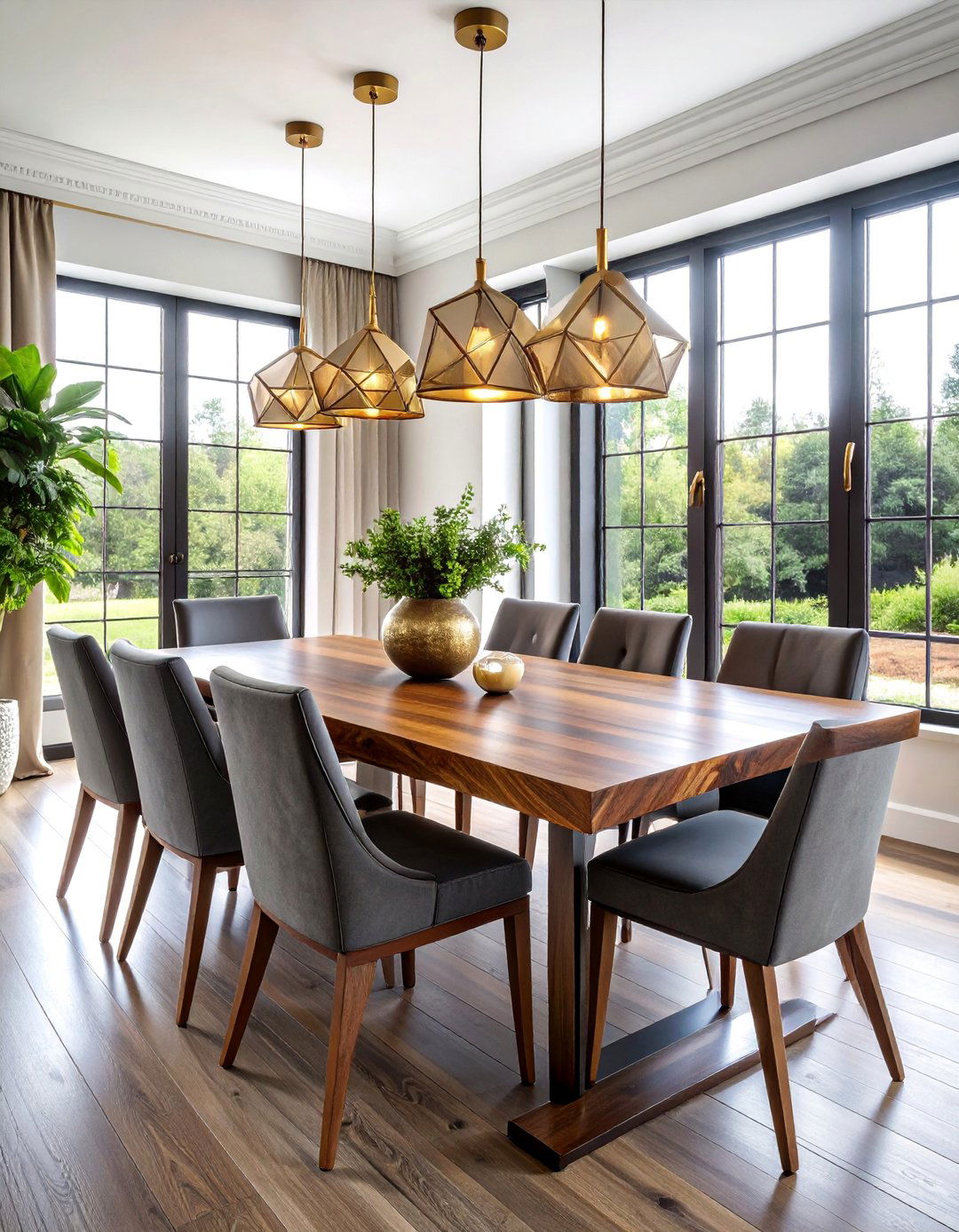
Rich walnut dining furniture creates striking contrast against crisp white walls in this sophisticated farmhouse approach. The live-edge dining table showcases natural wood grain while sleek upholstered chairs in charcoal gray provide comfortable seating. Brass pendant lights with geometric shades introduce metallic warmth, complemented by brass cabinet hardware on a matching sideboard. Black window frames add modern definition, while jute area rugs soften the hardwood floors. Fresh white flowers in copper vessels serve as centerpieces, while artwork featuring botanical prints maintains the organic theme. This design demonstrates how darker wood tones can create elegance within farmhouse aesthetics while maintaining comfort and functionality.
6. Open Concept Kitchen-Dining Flow with Island Seating

This design seamlessly integrates dining and kitchen spaces through consistent materials and color schemes. A large farmhouse table in natural pine extends the kitchen island concept, creating multiple gathering areas for different occasions. Bar stools with rush seats provide casual dining options at the island, while the main table accommodates formal meals. White cabinetry and subway tile backsplash maintain visual continuity, punctuated by black iron hardware and fixtures. Pendant lights in matching finishes unify both areas, while open shelving displays dishes and cookbooks. Wide-plank flooring flows throughout both spaces, enhanced by vintage runner rugs that define individual zones while maintaining the cohesive farmhouse aesthetic.
7. Vintage China Cabinet Display with Traditional Elements

A restored vintage hutch becomes the focal point of this traditional farmhouse dining room, showcasing treasured china collections and serving pieces. The cabinet's weathered paint finish complements a pine trestle table surrounded by ladder-back chairs with rush seats. Cream-colored walls provide neutral backdrop while adding warmth through subtle undertones. A beadboard wainscoting detail extends around the room's perimeter, creating visual interest and classic farmhouse charm. Crystal chandelier with candle-style bulbs provides elegant illumination, while lace curtains filter natural light softly. Braided rugs in muted colors anchor the seating area, and fresh seasonal flowers complete this timeless approach to farmhouse dining that celebrates heritage and family traditions.
8. Industrial Pipe Lighting with Mixed Metal Accents
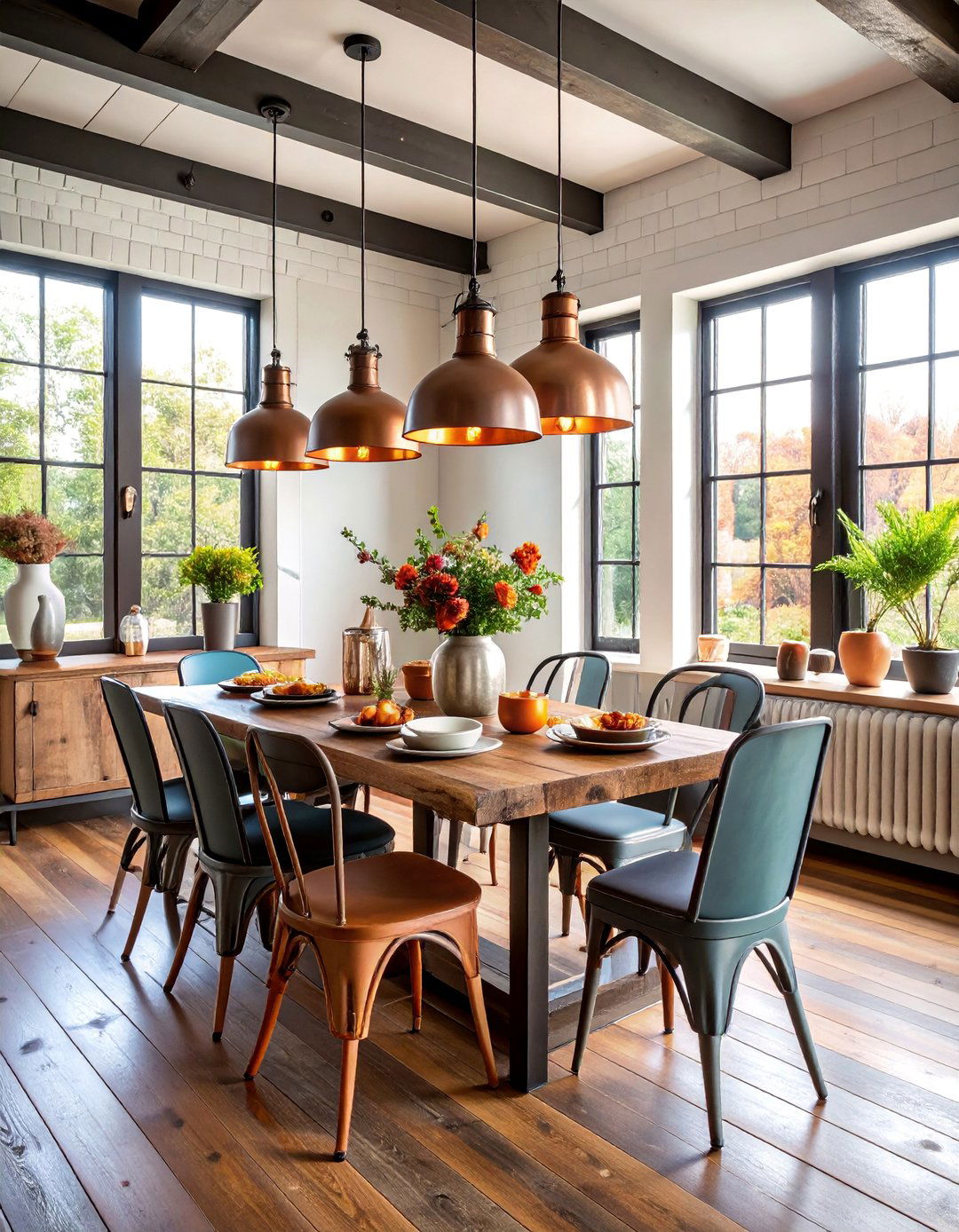
This design embraces industrial elements through exposed pipe pendant lighting and mixed metallic finishes throughout the space. A substantial reclaimed wood table pairs with metal café chairs in distressed finishes, while galvanized storage containers serve dual purposes as décor and functionality. Black iron window frames contrast beautifully with white brick walls, creating architectural interest. Copper accents appear in light fixtures, planters, and decorative objects, adding warmth to the cooler metal tones. Concrete floors with area rugs provide durability while maintaining industrial authenticity. This approach appeals to those seeking edgier farmhouse style that incorporates urban loft elements while preserving the welcoming atmosphere essential to farmhouse design philosophy.
9. French Country Influence with Soft Blue Accents

Soft blue paint on lower cabinets and chair cushions introduces French country charm to this farmhouse dining room design. A bleached oak dining table with turned legs provides classic foundation, surrounded by upholstered chairs featuring toile fabric in coordinating blue and cream patterns. White upper walls maintain brightness while beadboard wainscoting adds textural detail. A crystal chandelier with fabric lamp shades creates elegant lighting, complemented by natural light from French doors leading to outdoor spaces. Vintage accessories including ceramic pitchers, woven baskets, and fresh lavender enhance the provincial atmosphere. This design successfully blends French elegance with American farmhouse practicality, creating sophisticated yet comfortable dining environment perfect for leisurely meals and entertaining guests.
10. Barn Door Feature with Rustic Hardware

A sliding barn door creates dramatic focal point while providing practical access to adjacent rooms or storage areas. The door features reclaimed wood construction with original hardware, mounted on industrial-style track system. Inside the dining room, a live-edge maple table accommodates metal chairs with wood seats, creating material contrast. Exposed brick accent wall adds texture and warmth, while pendant lights with mason jar shades maintain rustic authenticity. Wide-plank floors with distressed finish enhance the aged appearance, complemented by vintage area rugs in muted colors. This design element proves particularly effective in open floor plans where defining spaces becomes important while maintaining visual flow and architectural interest throughout connected areas.
11. Trestle Table Design with Bench Seating Combination

The classic farmhouse trestle table takes center stage in this design, featuring substantial wooden construction with visible joinery details that celebrate traditional craftsmanship. One side accommodates a matching wooden bench with plush cushions, while individual chairs occupy the opposite side, creating dynamic seating arrangement. Neutral linen fabrics in varying textures add softness without compromising durability. Whitewashed walls provide clean backdrop, enhanced by natural wood trim around windows and doorways. A wagon wheel chandelier with Edison bulbs creates ambient lighting that emphasizes the handcrafted aesthetic. This design appeals to families appreciating traditional construction methods while requiring flexible seating options for varying group sizes and casual dining preferences.
12. Black and White Color Scheme with Natural Wood

This sophisticated monochromatic approach uses black and white as primary colors while incorporating natural wood as warming element. A white farmhouse table with black metal legs creates striking contrast, surrounded by black Windsor chairs with white cushions. Black window frames and light fixtures maintain the theme while white shiplap walls keep the space bright. Natural wood flooring and ceiling beams prevent the color scheme from feeling stark. Black and white checkered runner adds pattern interest, while fresh greenery provides organic relief. This design proves that farmhouse style can be both dramatic and welcoming, appealing to those preferring cleaner lines while maintaining the style's essential warmth and character through careful material selection and proportional balance.
13. Coastal Farmhouse with Weathered Finishes
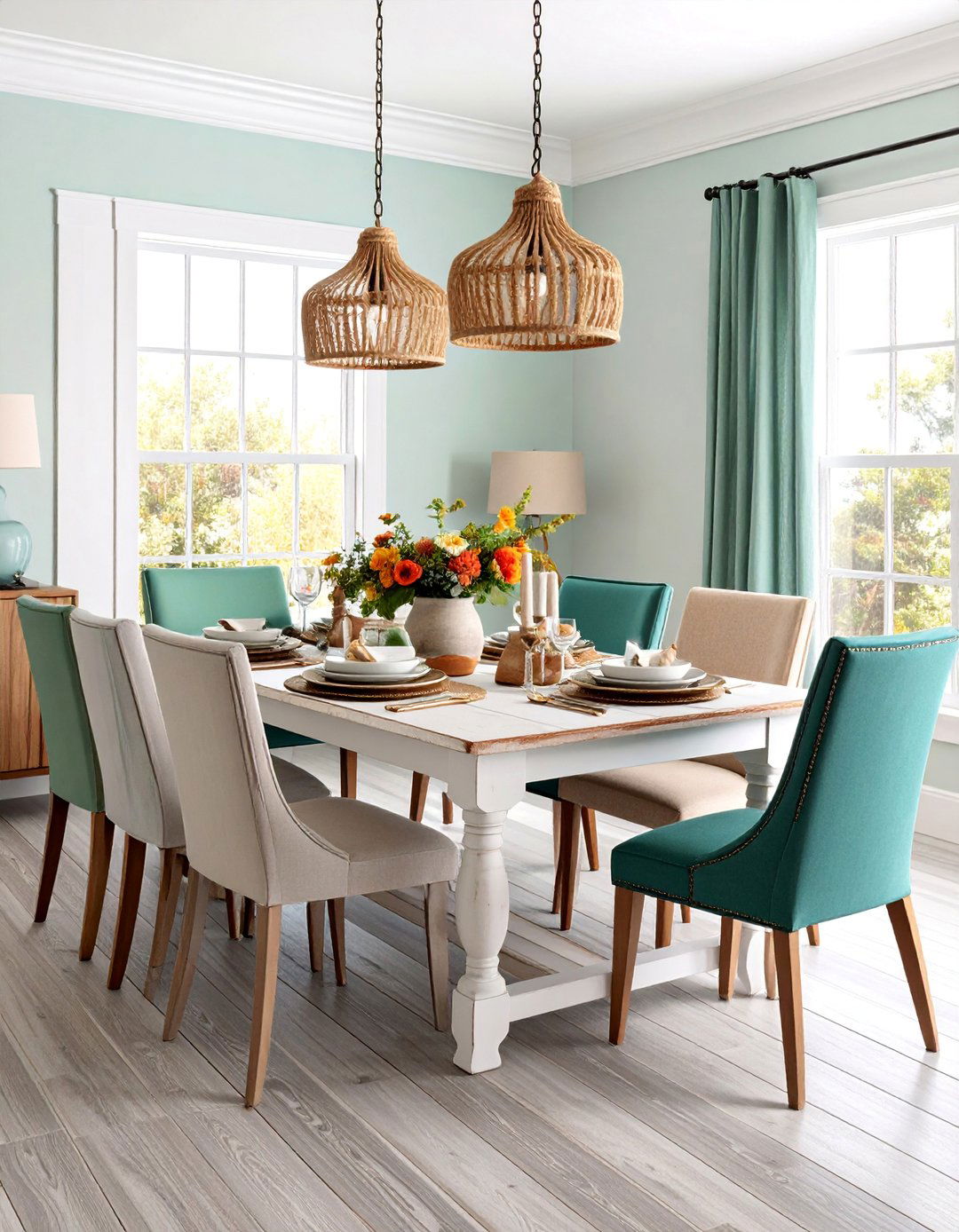
This design incorporates coastal elements through weathered paint finishes and nautical accessories while maintaining farmhouse foundations. A distressed white dining table shows intentional wear marks and paint chips, paired with chairs in various stages of weathering for authentic aged appearance. Rope details on light fixtures and decorative elements reference maritime influences, while driftwood accessories add organic texture. Soft blue and seafoam green accents appear in textiles and pottery, evoking ocean colors. Wide-plank floors with gray wash finish mimic weathered dock planking. This approach works particularly well in coastal regions or for those seeking relaxed, beach-inspired atmosphere while maintaining farmhouse comfort and functionality for family dining and entertaining.
14. Modern Minimalist Farmhouse with Clean Lines

This design strips farmhouse elements to their essential forms, creating clean-lined interpretation that maintains warmth through material choices rather than decorative details. A simple rectangular table in natural oak features minimal ornamentation, surrounded by streamlined chairs with upholstered seats in neutral linen. White walls remain unadorned except for single large-scale artwork, while natural wood floors provide organic warmth. A single pendant light with geometric shade provides focused illumination without visual clutter. This approach appeals to those appreciating farmhouse materials and proportions while preferring contemporary simplicity. The design demonstrates how essential farmhouse elements can be refined for modern living while preserving the style's fundamental emphasis on natural materials, honest construction, and comfortable functionality.
15. Vintage Chandelier Focal Point with Formal Elements

An ornate vintage chandelier becomes the room's centerpiece, featuring crystal drops and candle-style lighting that creates elegant ambiance for formal dining occasions. Below, a mahogany dining table with carved pedestal base accommodates upholstered chairs in rich jewel tones, elevating the typical farmhouse palette. Wallpaper with subtle damask pattern adds sophistication while maintaining connection to traditional design roots. Oriental rug in muted colors grounds the seating area while adding pattern interest. This design appeals to those seeking more formal farmhouse interpretation suitable for special occasions while maintaining the style's essential warmth. Silver serving pieces and fine china complete the elevated aesthetic, proving farmhouse style can accommodate various lifestyle requirements and entertaining preferences.
16. Mixed Wood Tones with Textural Layering

This design celebrates wood's natural variety through intentional mixing of different species and finishes throughout the space. A cherry dining table pairs with pine chairs, while oak flooring and walnut accessories create rich tapestry of wood tones. Various textures appear through woven chair seats, linen table runners, and pottery with organic glazes. Brass hardware and fixtures tie disparate elements together through consistent metallic accents. This approach requires careful curation to avoid visual chaos, achieved through maintaining consistent color undertones and proportional relationships. The result feels collected over time rather than purchased as matched set, reflecting authentic farmhouse evolution where furniture accumulated gradually from various sources and periods, creating personalized environments with genuine character and family history.
17. Stone Accent Wall with Natural Elements
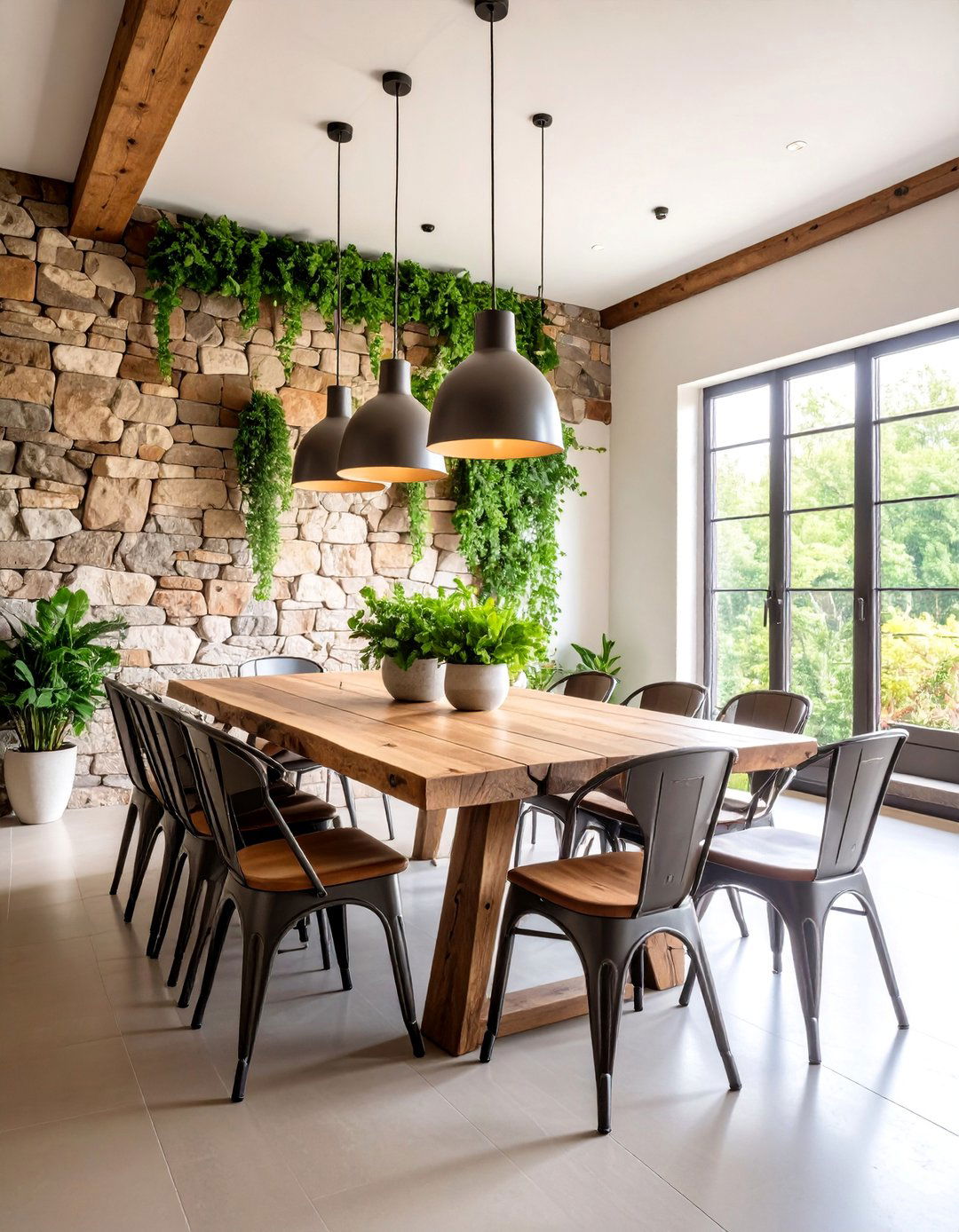
A natural stone accent wall creates dramatic backdrop for dining area while introducing organic texture and earth-tone coloration. Complementary materials include rough-hewn wooden table with live edges and metal chairs with weathered patina. Stone extends from floor to ceiling, creating impressive visual impact that anchors the entire room design. Pendant lights with industrial styling provide illumination while maintaining the raw material aesthetic. This design works particularly well in spaces with high ceilings where the stone wall can achieve full dramatic effect. Fresh greenery in ceramic planters softens the hard materials while maintaining connection to natural themes. The overall effect feels grounded and substantial, appealing to those seeking more dramatic farmhouse interpretation with significant architectural presence.
18. Window Seat Integration with Dining Area

Built-in window seating extends dining capacity while creating cozy reading nook that enhances the room's functionality beyond meal times. Custom cushions in vintage-inspired fabrics complement the main dining table arrangement, while storage compartments below maximize space efficiency. Natural light streaming through large windows eliminates need for artificial lighting during daytime meals. A round pedestal table accommodates the window seat arrangement while allowing easy access and movement. This design proves particularly effective in smaller homes where multipurpose spaces become essential. Throw pillows in coordinating patterns add comfort and color, while plants on the windowsill create natural privacy screening. The integration demonstrates thoughtful space planning that enhances both form and function within farmhouse design principles.
19. Rustic Beam Mantel with Fireplace Integration

A massive reclaimed beam serves as mantel above stone fireplace, creating dramatic focal point that anchors the dining room during colder months. The dining table positioning takes advantage of fireplace warmth while maintaining proper traffic flow throughout the space. Leather-upholstered chairs add richness and durability, while vintage accessories on the mantel create seasonal displays. Stone hearth extends into raised platform that defines the dining area within larger open floor plan. This design element proves particularly effective in older homes being renovated or new construction seeking authentic period details. The fireplace integration makes the dining room suitable for year-round entertaining while providing intimate atmosphere for family meals during winter months when outdoor dining becomes impractical.
20. Galvanized Metal Accents with Industrial Touches
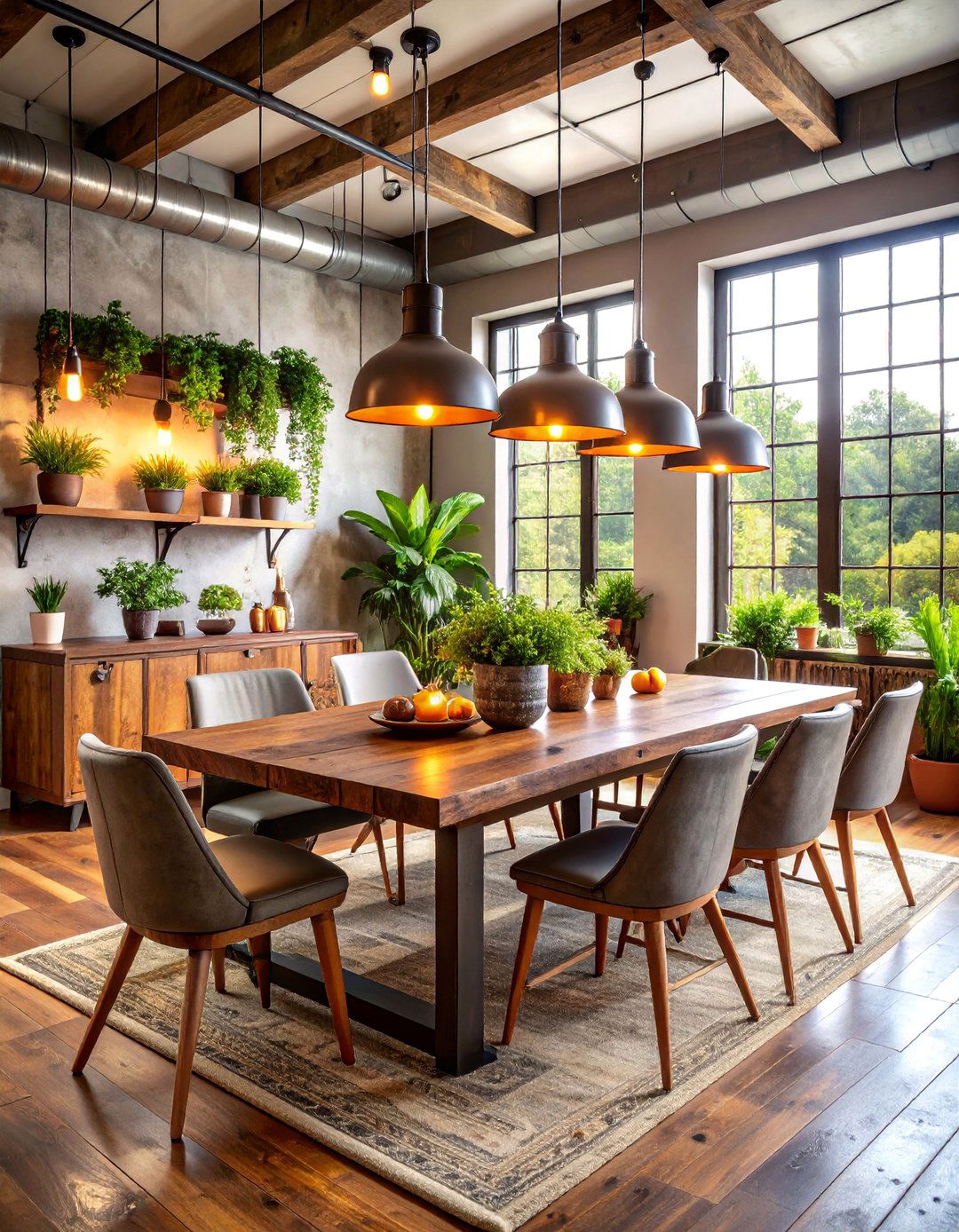
Galvanized metal planters, light fixtures, and storage containers introduce industrial authenticity while maintaining farmhouse warmth through strategic placement and proportion. A distressed wood table contrasts beautifully with metal elements, while upholstered seating softens the harder materials. Exposed ductwork and pipes embrace industrial heritage rather than concealing building systems, creating honest architectural expression. This design appeals to urban dwellers in converted warehouse spaces or those seeking edgier farmhouse interpretation. Raw materials celebrate manufacturing heritage while comfortable furnishings ensure livability. The key to success lies in balancing hard and soft elements to avoid creating stark or unwelcoming atmosphere. Vintage accessories and fresh plants humanize industrial elements while maintaining authentic character.
21. Breakfast Nook Corner with Built-In Storage

A corner breakfast nook maximizes small space potential through built-in bench seating with hidden storage compartments and overhead cabinets that provide dishware storage. Round pedestal table fits perfectly within corner configuration while allowing easy access from all sides. Windows on two walls flood the space with natural light, enhanced by light-colored finishes and minimal window treatments. Cushions in cheerful patterns add comfort and personality while maintaining durability for daily use. This design solution works excellently in smaller homes or kitchen adjacent areas where dedicated dining rooms prove impractical. The built-in approach creates custom appearance while maximizing every square foot of available space through thoughtful planning and efficient design that doesn't sacrifice style for functionality.
22. Vintage Hutch Display with Collection Showcase

An antique hutch becomes gallery space for treasured collections including vintage pottery, glassware, and family heirlooms that tell personal stories through display. The hutch's weathered paint and original hardware provide authentic period details, while interior lighting highlights special pieces during evening hours. Complementary dining furniture maintains consistent period feeling without exact matching, creating collected-over-time appearance. This approach celebrates family history and personal interests while providing practical storage for dining essentials. The display changes seasonally, keeping the room fresh and reflecting current interests or celebrations. This design element proves particularly meaningful in family homes where heritage objects deserve prominent placement, creating conversation starters and connecting generations through shared appreciation of craftsmanship and family memories preserved through treasured objects.
23. Neutral Linen Textiles with Layered Comfort

Linen upholstery, curtains, and table linens create cohesive textile story that emphasizes comfort and casual elegance throughout the dining space. Various neutral tones from cream to sage green provide subtle color variation while maintaining overall harmony. Natural fiber rugs add additional texture layers while providing practical floor protection. This design relies on quality materials and expert tailoring rather than bold patterns or colors for visual impact. The result feels sophisticated yet approachable, suitable for daily family meals and special occasions. Linen's inherent wrinkle tendency actually enhances the relaxed farmhouse aesthetic, proving that imperfection can be beautiful. This approach appeals to those appreciating natural materials and subtle luxury while maintaining farmhouse unpretentiousness and comfort as primary design goals.
24. Open Shelving Display with Functional Beauty

Custom open shelving replaces traditional upper cabinets, creating display opportunity for beautiful dishware, glassware, and serving pieces that become decorative elements when not in use. The shelving spans entire wall length, providing ample storage while maintaining visual lightness that closed cabinets cannot achieve. Careful arrangement balances practical items with decorative objects, creating pleasing compositions that change with seasonal needs and acquisitions. This design requires commitment to organization and attractive storage containers, but rewards with accessibility and visual interest. Natural wood shelving harmonizes with dining table while metal brackets add subtle industrial touches. This approach works particularly well in smaller spaces where visual weight of closed storage might overwhelm, while providing opportunity to showcase collections and create personalized displays.
25. Seasonal Flexibility with Removable Elements

This design emphasizes adaptability through furniture and accessories that can be easily changed to reflect seasons, holidays, or evolving preferences without major renovation. A simple wooden table serves as constant foundation while chairs, textiles, and decorative elements rotate based on current needs and celebrations. Slipcovers allow dramatic color changes, while interchangeable light fixtures accommodate different moods and occasions. Storage solutions hide off-season items while keeping current selections easily accessible. This approach appeals to those enjoying frequent change and personalization while maintaining budget consciousness. The design demonstrates that farmhouse style can be dynamic rather than static, evolving with family needs and preferences while preserving essential comfort and functionality that defines the style's enduring appeal across different generations and lifestyle changes.
Conclusion:
Modern farmhouse dining rooms successfully blend rustic charm with contemporary functionality, creating spaces that feel both timeless and current. These design approaches demonstrate how natural materials, neutral palettes, and thoughtful details combine to produce welcoming environments perfect for family gatherings and entertaining. Whether incorporating industrial elements, embracing vintage collections, or emphasizing clean minimalism, each concept maintains the essential farmhouse principles of comfort, authenticity, and connection to natural materials that make these spaces enduringly popular for today's lifestyle needs.


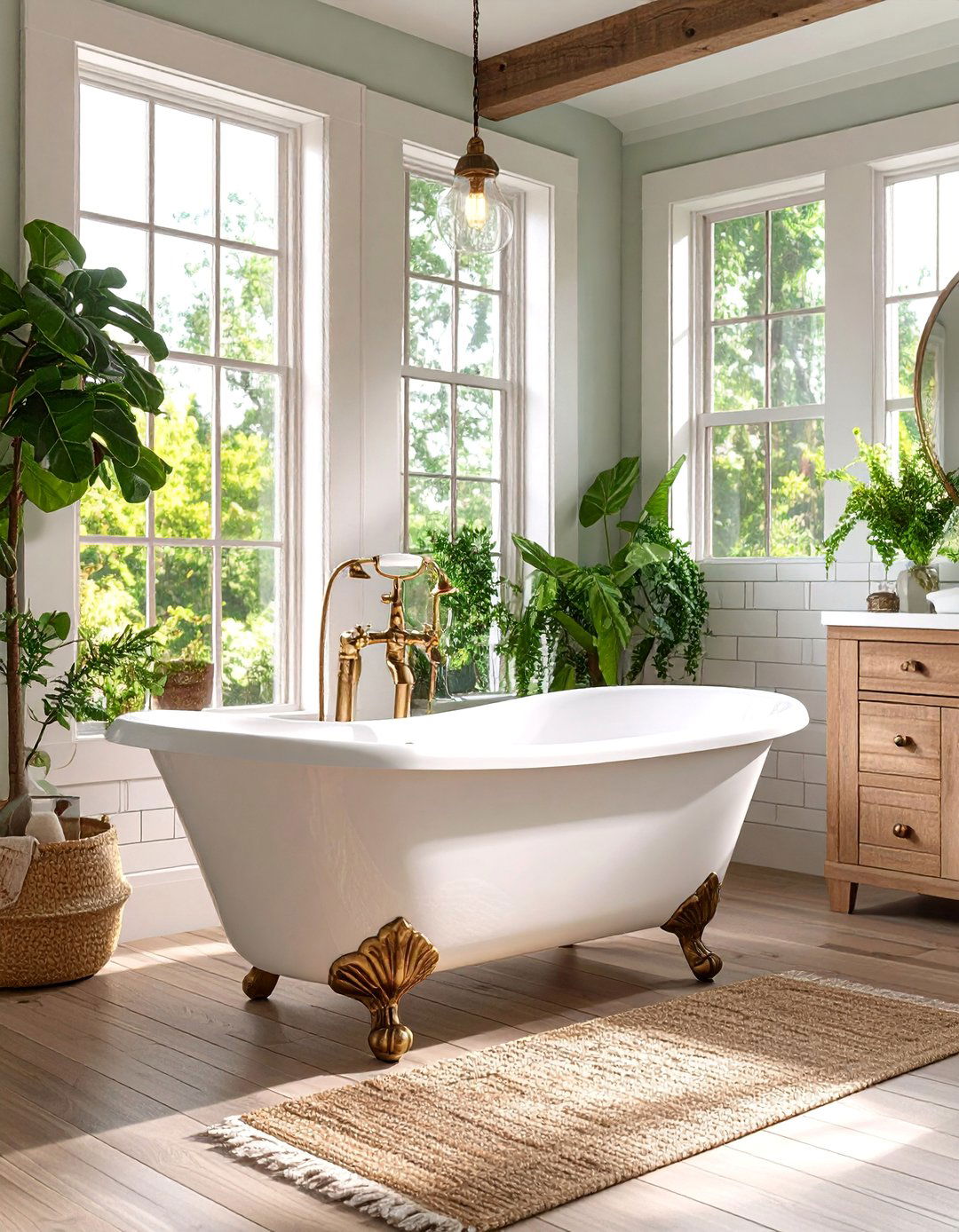
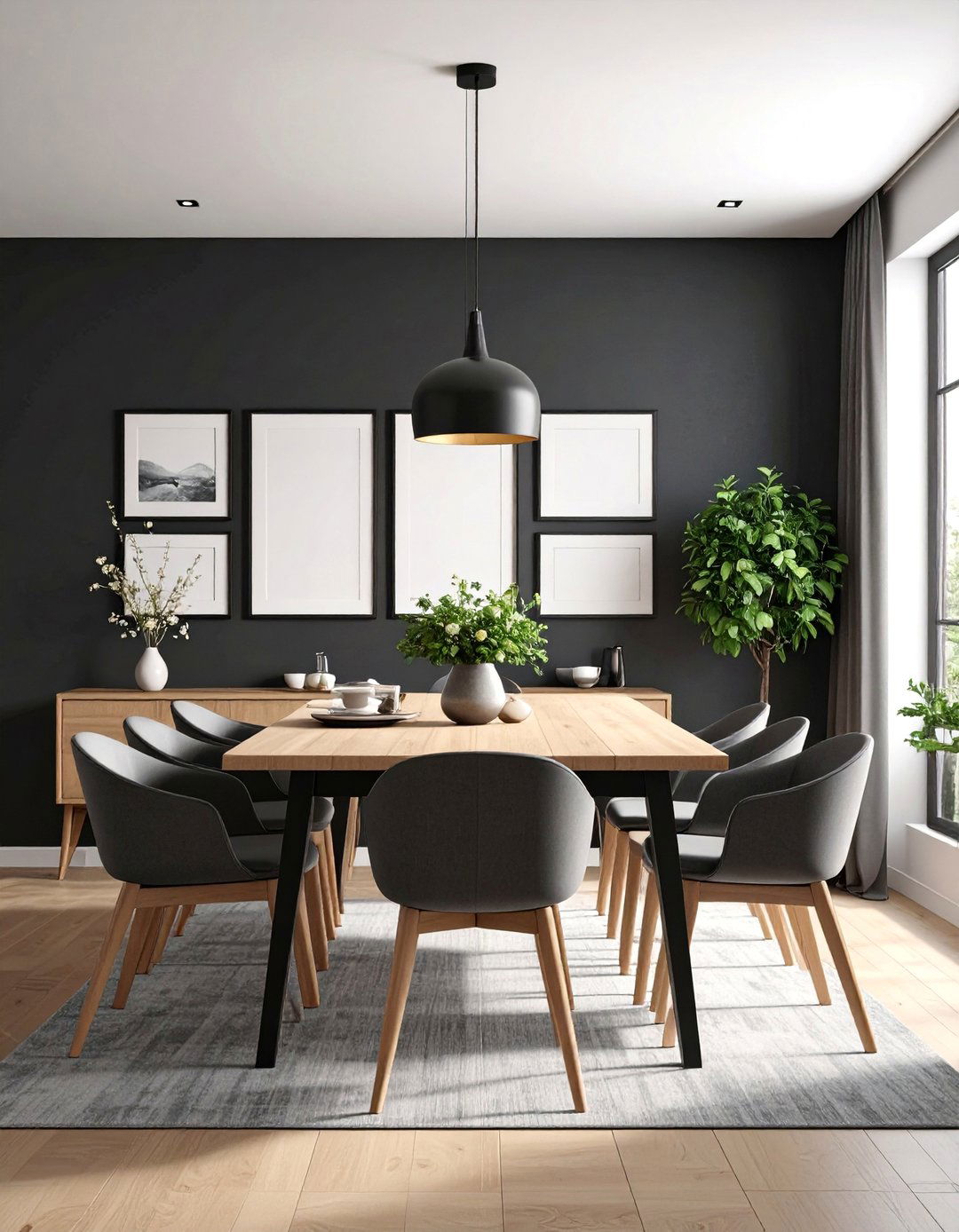



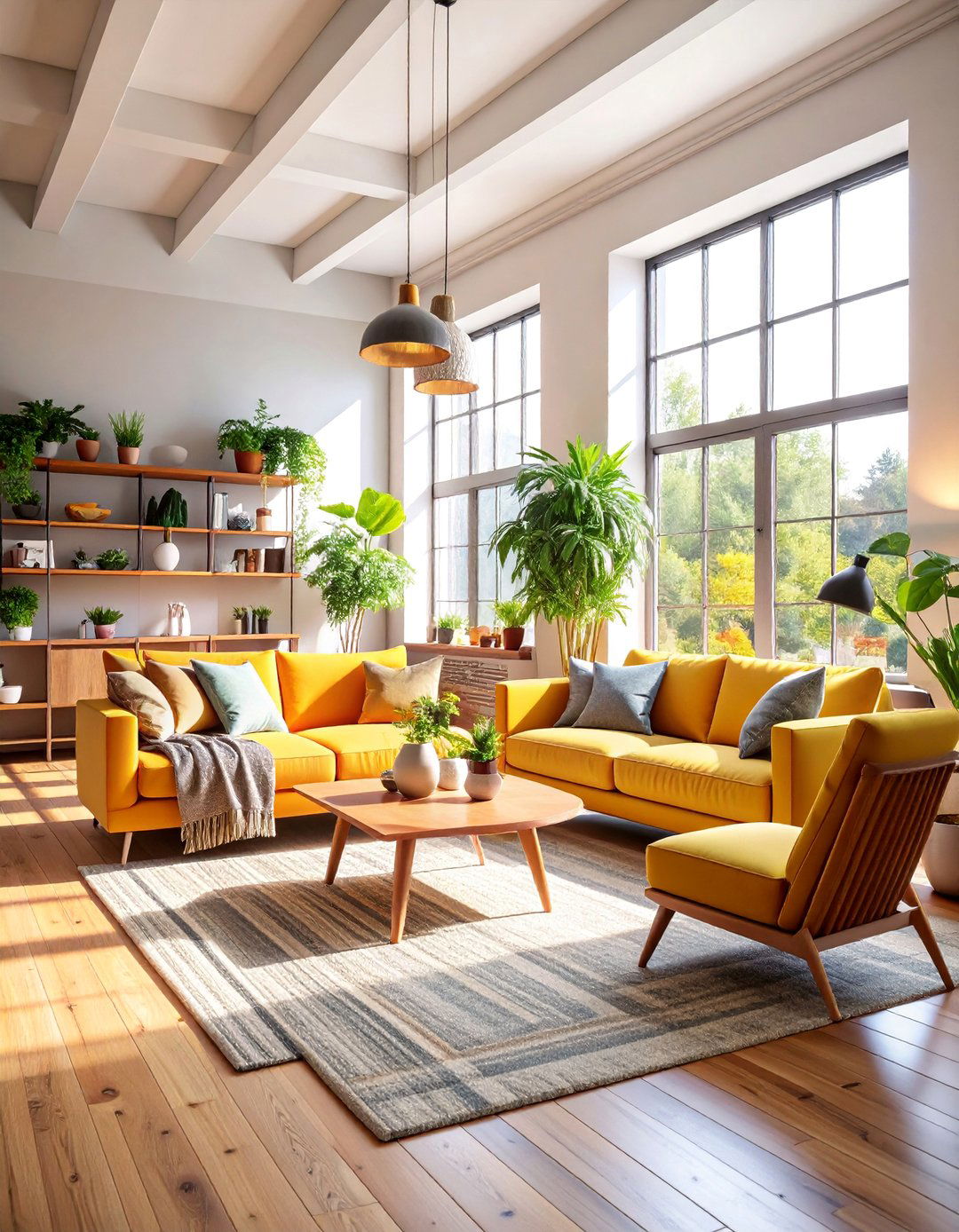
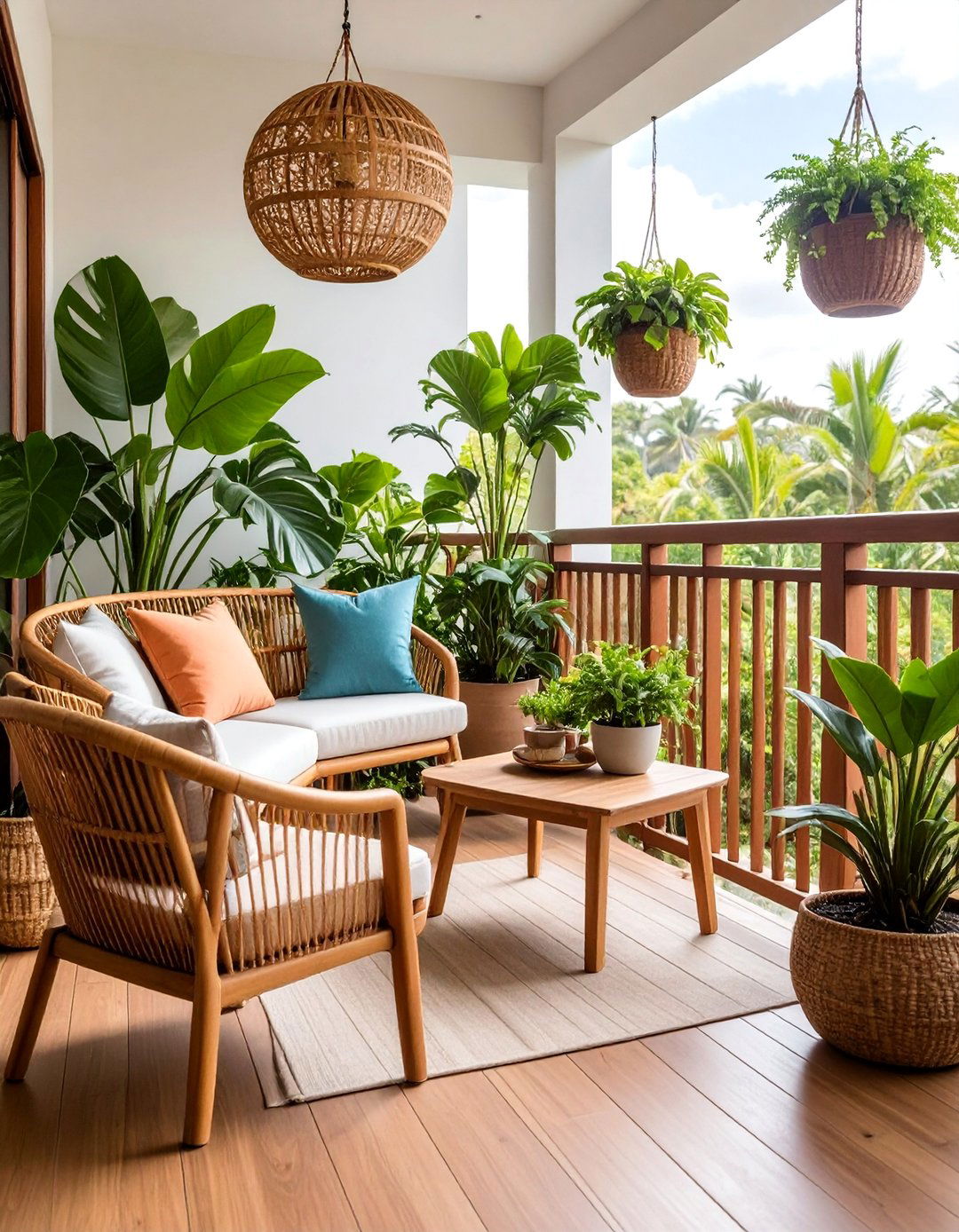

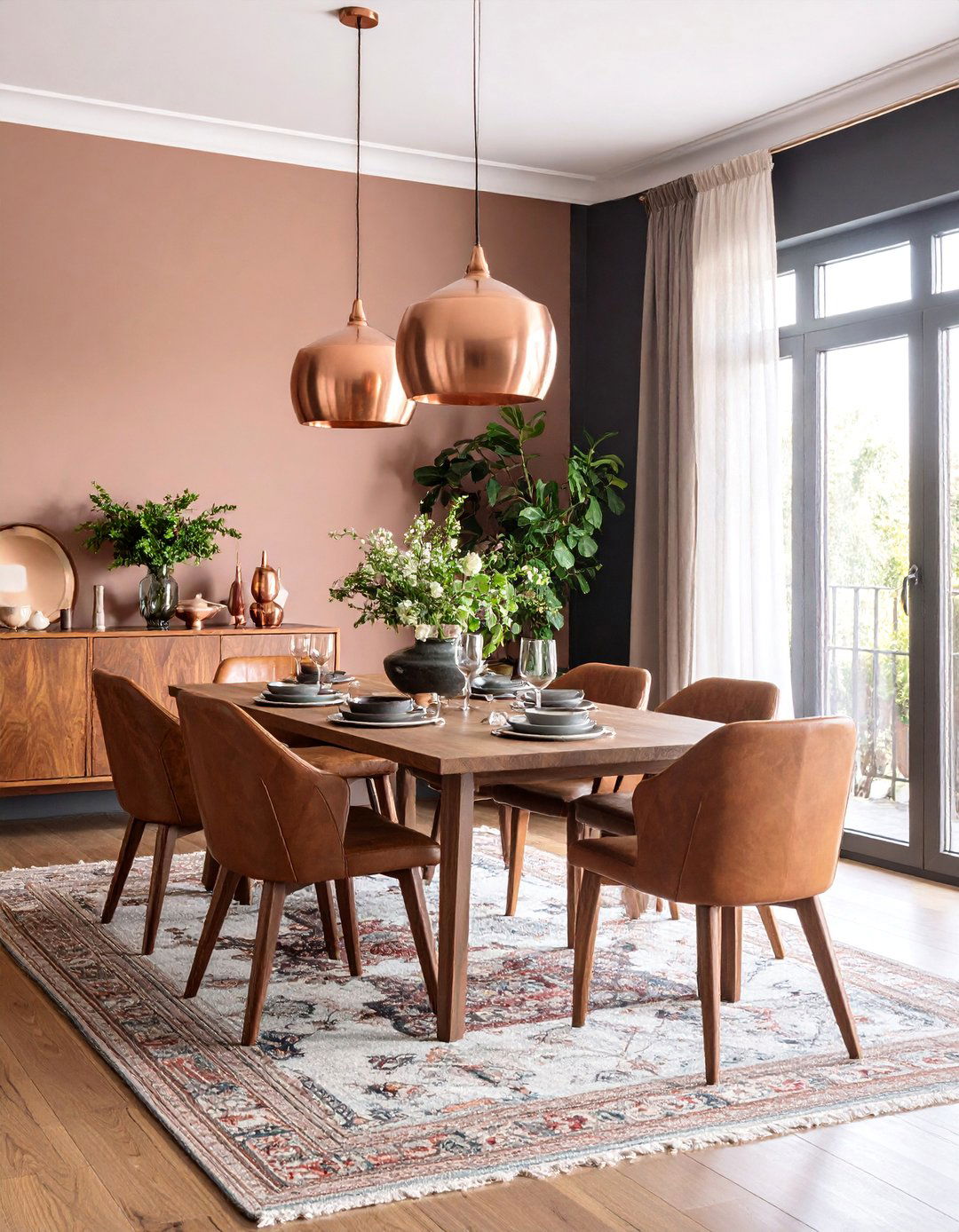
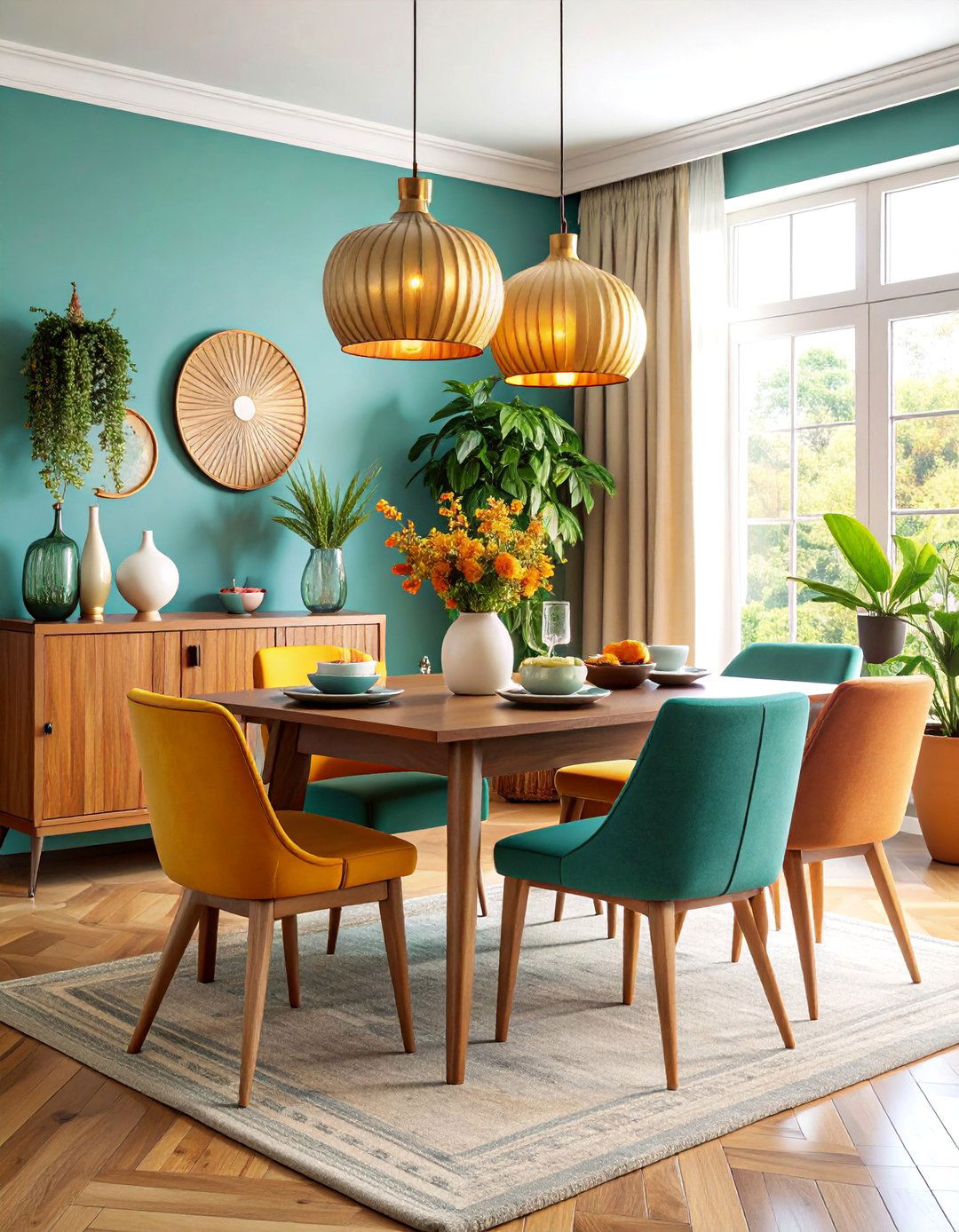
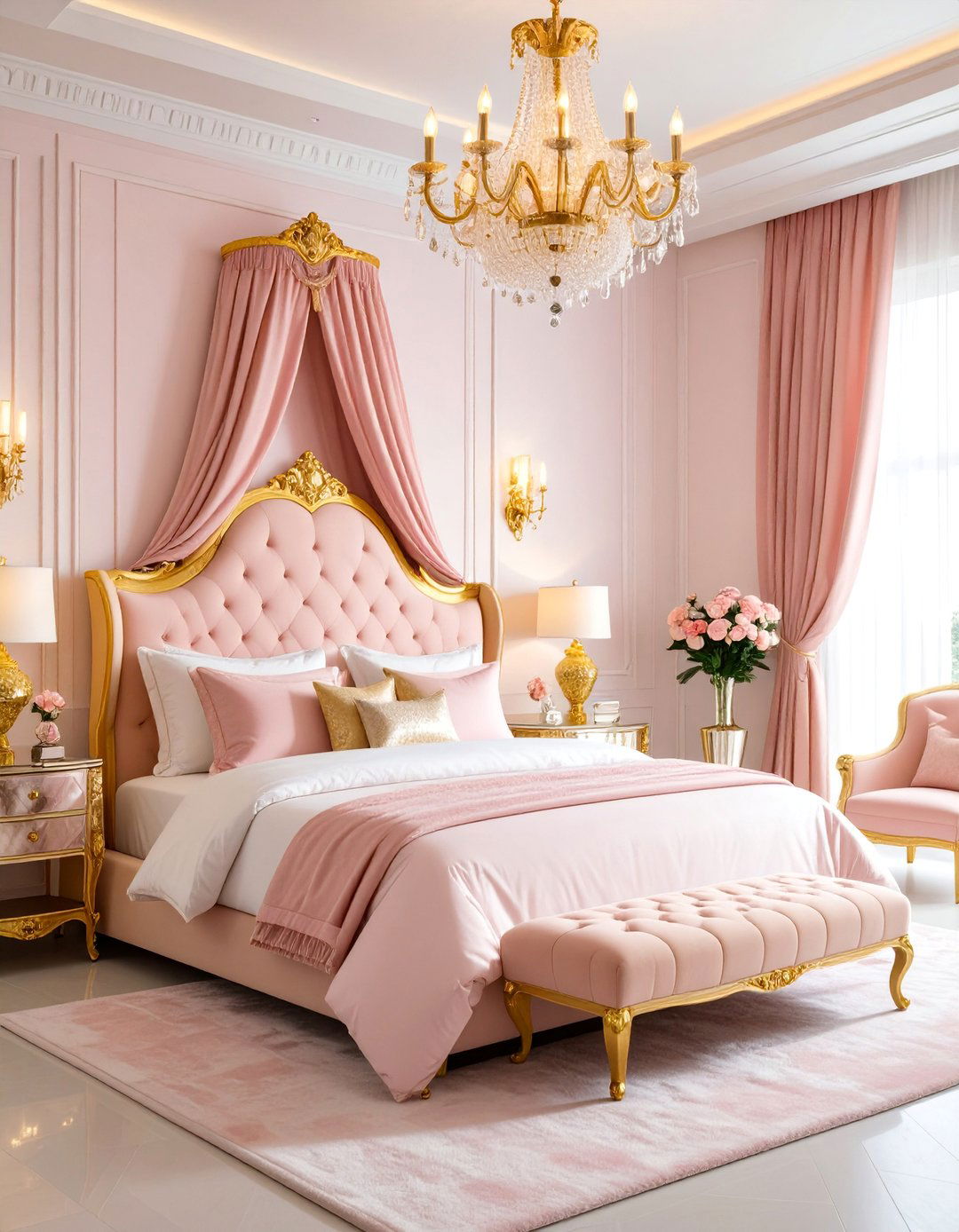
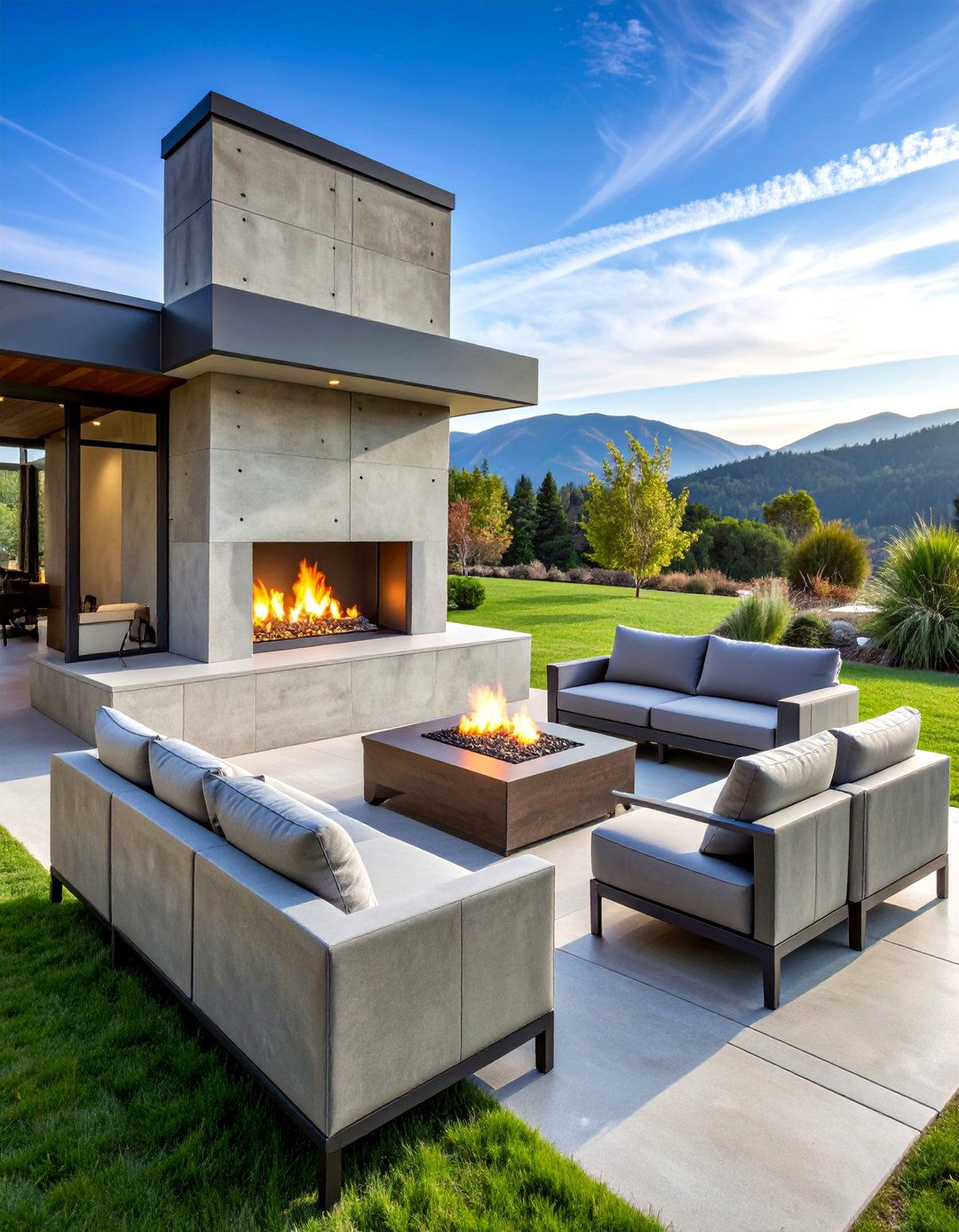
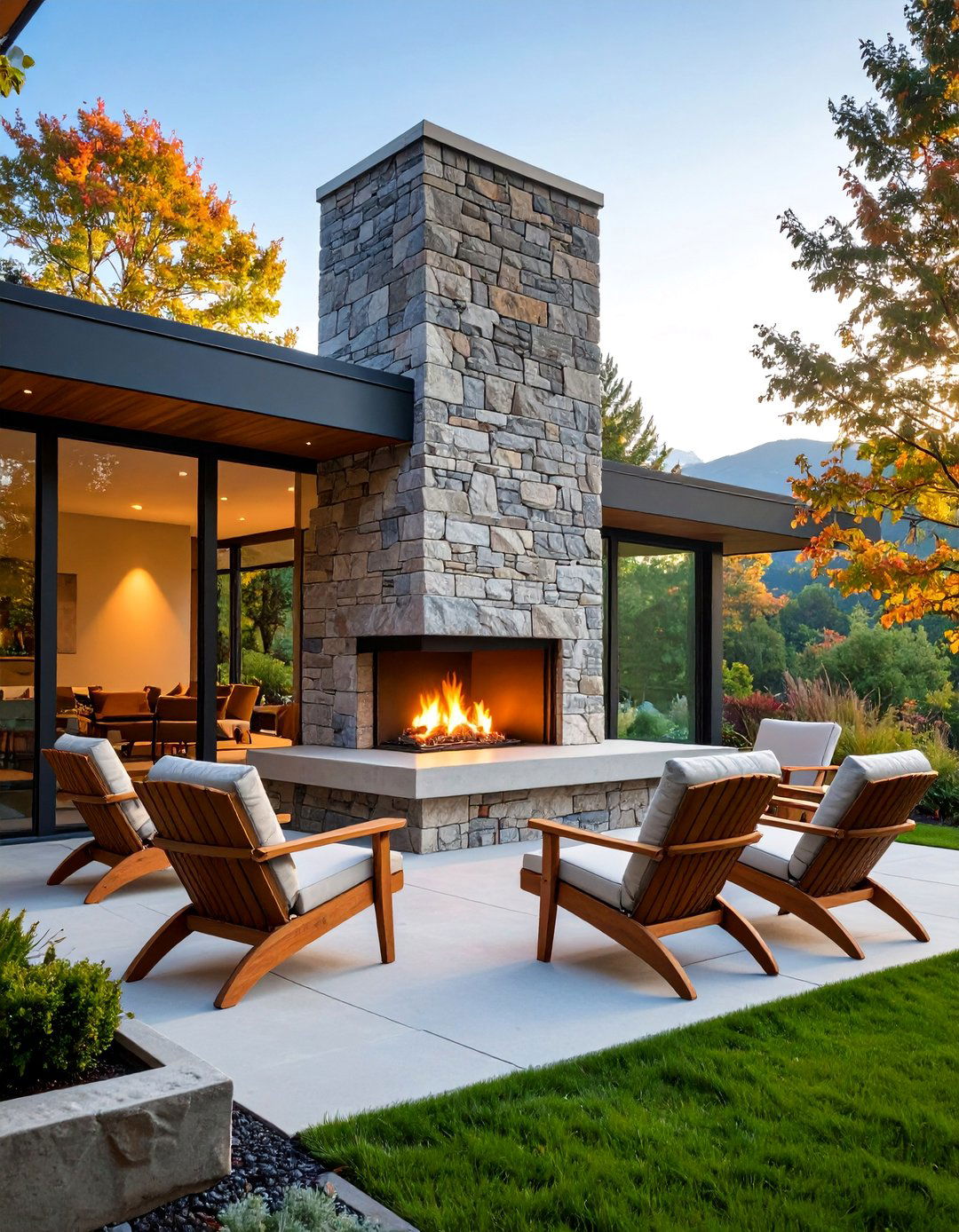


Leave a Reply